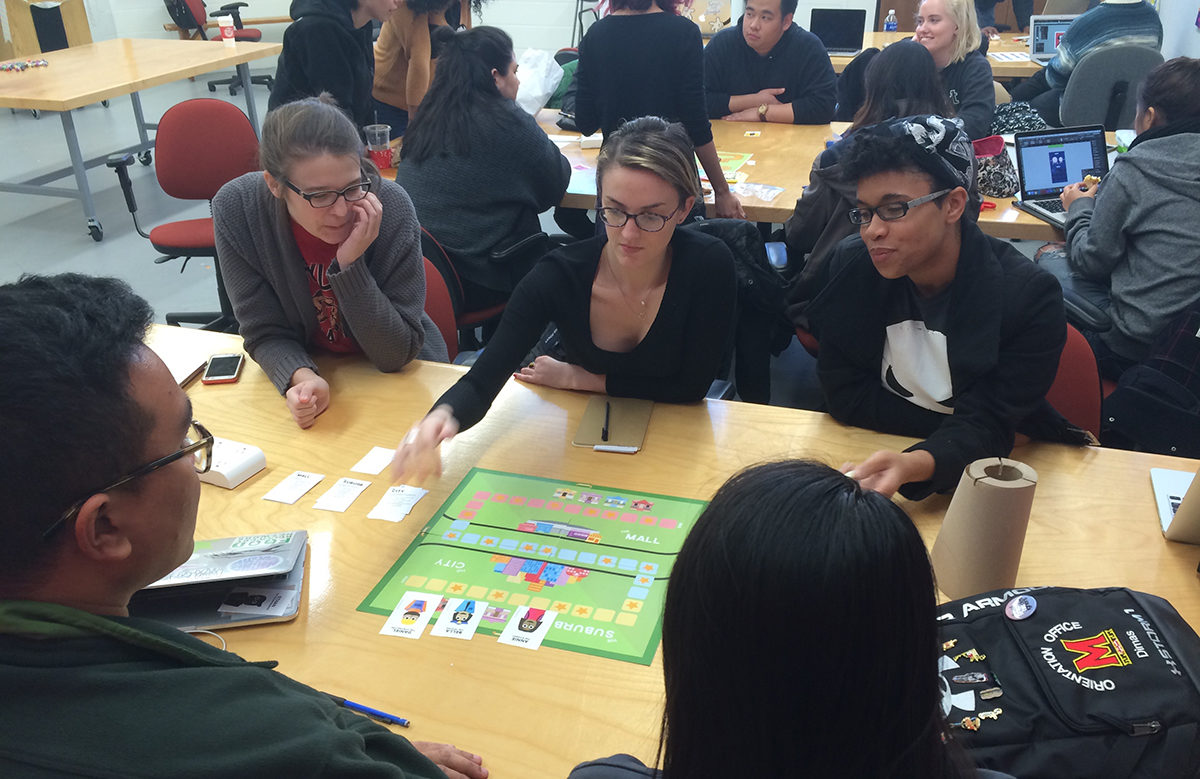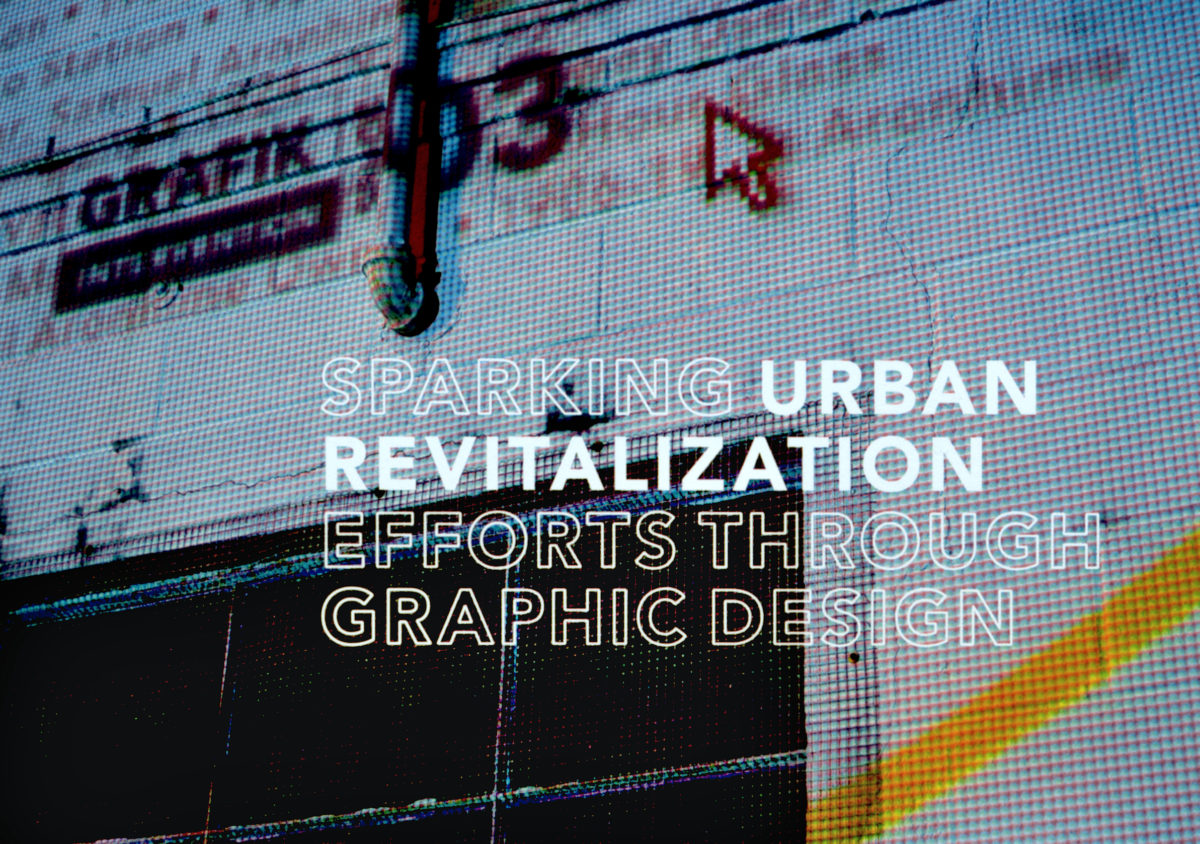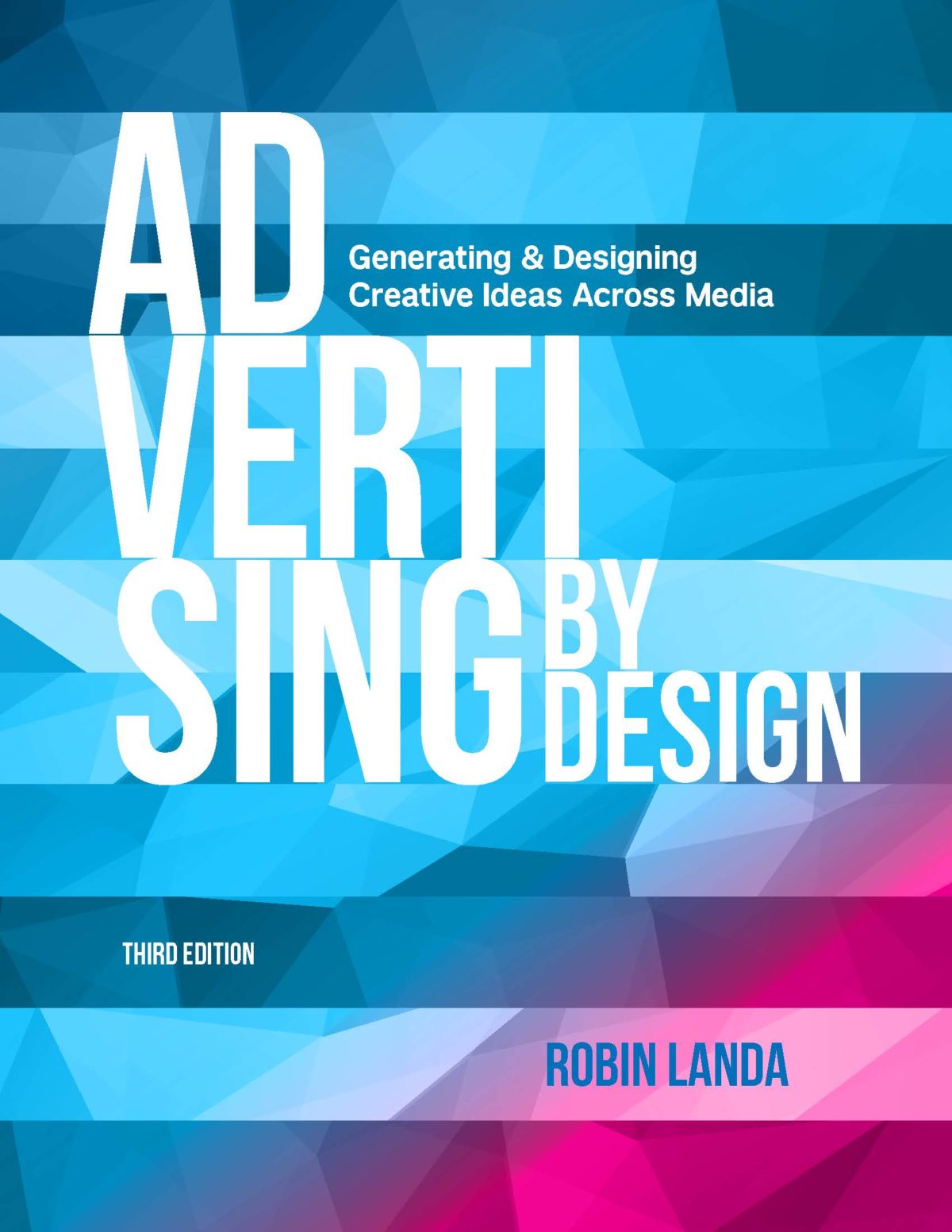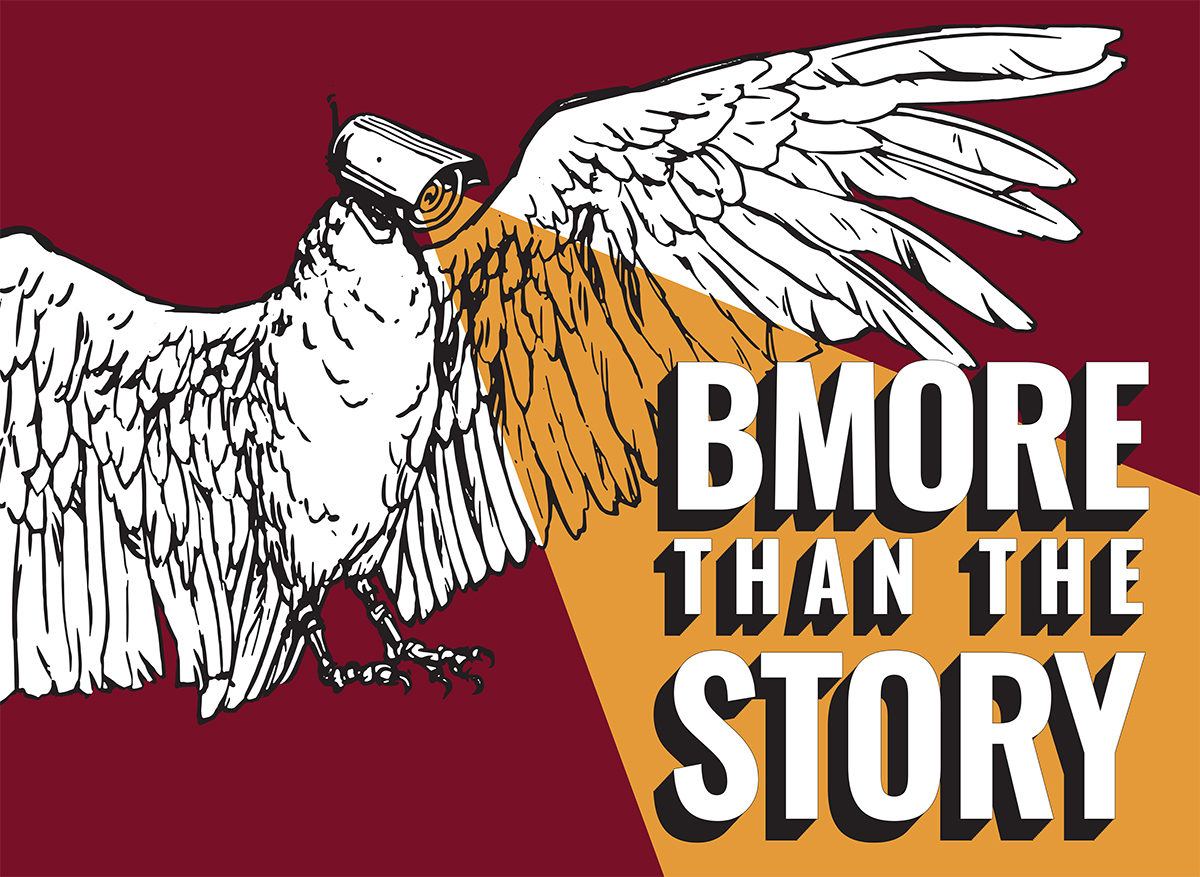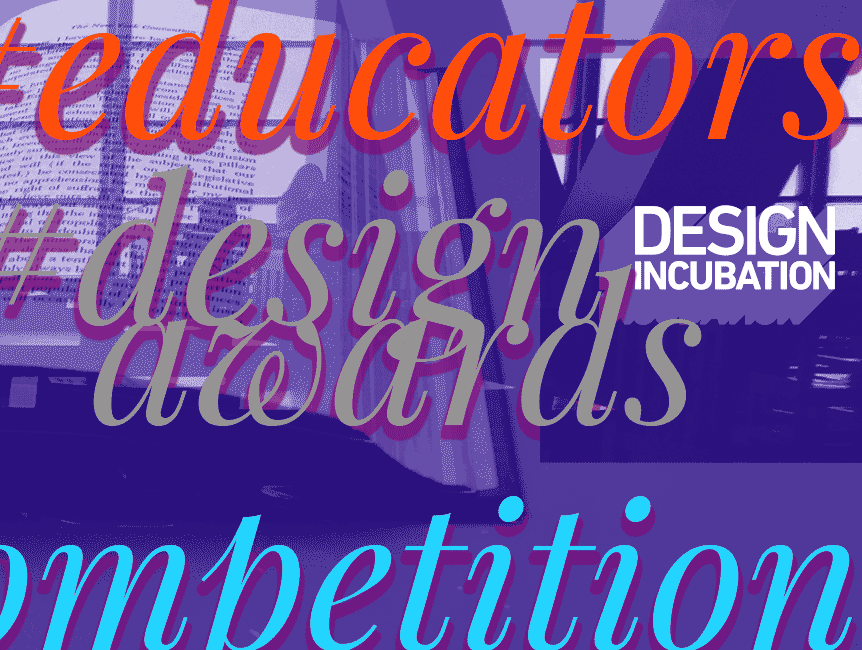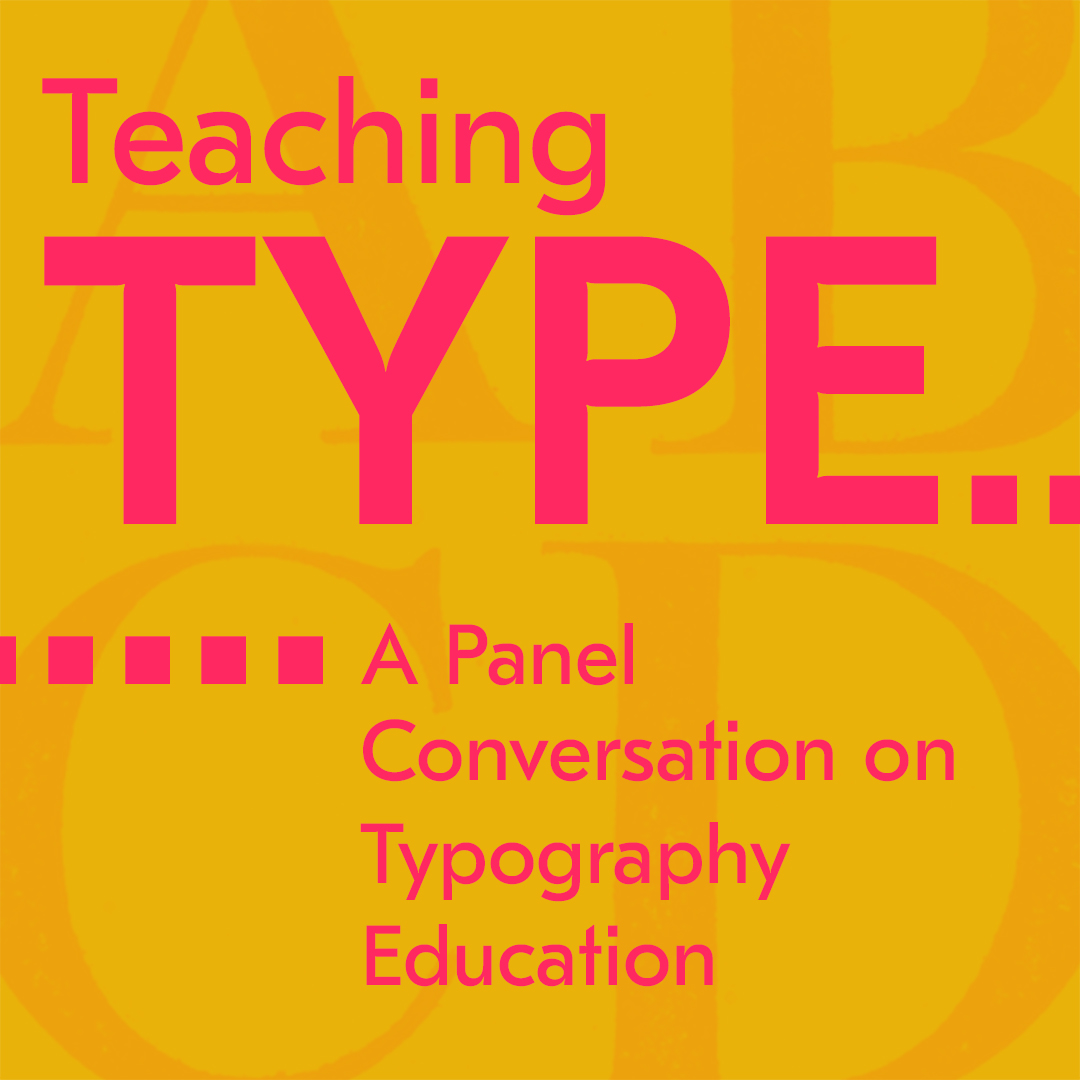Liese Zahabi
Assistant Professor of Graphic/Interaction Design
University of Maryland, College Park
The act of play is key in the art and science of Interaction Design. A sense of fun, wonder, and the unexpected help shape the games we interact with on our computers and phones, but also the interfaces we wouldn’t associate with games: working out with Fitbit, learning code with CodeAcademy, managing our money with Mint. By utilizing principles from games, designers can help motivate, engage, and teach users.
This presentation will highlight the work of graphic design students across two separate semesters. As part of an Advanced Interactive Design class, students were charged with designing, prototyping and play-testing games. Students chose a topic and target audience, and conducted initial research to help build the concept and content for the final game prototype. The students conducted play-testing to help them shape and revise their game designs, and had five weeks to complete the project. The resulting games ranged from phone and iPad apps to board games and card games. Students explored a myriad of topics: endangered animals, Crohn’s Disease, alternative energy, humility, empathy, packing gear for a music gig, constellations, and many others.
Engaging students with games has achieved many positive outcomes, often enabling them to understand the material, and the design process, more deeply. A sense of fun and exploratory play permeates the classroom, energizing students and encouraging true collaboration: you need players to play games, so students enlist each other for that purpose. Games are also little worlds—suggesting systems-based structures, the creation of rational rule sets, and demanding a focus on both design details and overall game experiences. Asking students to build and design games allows them to explore all these aspects in a contained and creative way, and helps to make them better designers and thinkers.
This research was presented at the Design Incubation Colloquium 3.2: Parsons Integrated Design on Thursday, Feb 16, 2017.